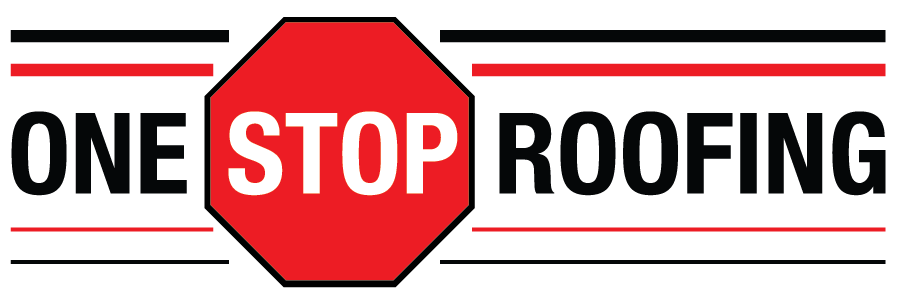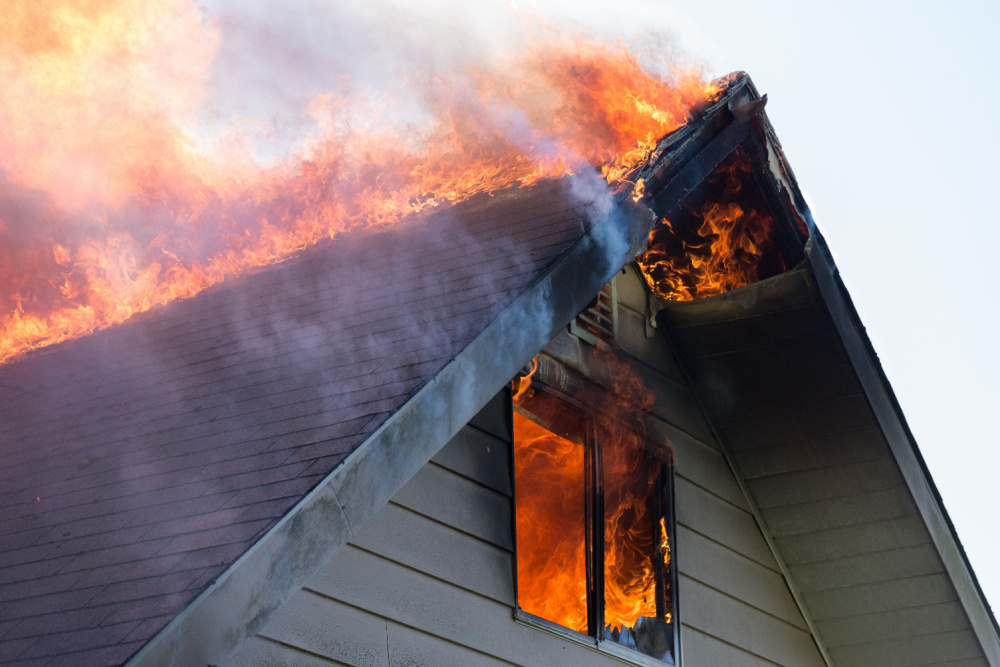Wildfire season in California isn’t coming—it’s already here, and your roof might be the only thing standing between safety and disaster. Every year, thousands of homes are destroyed or damaged by fires, and the majority of those homes don’t ignite from direct flames. Instead, windblown embers land on rooftops and start fires. That means your roof is the first line of defense—and its condition could make all the difference.
Why Your Roof Matters Most
Embers Travel for Miles
Studies show that embers can travel more than a mile from the main fire, landing on rooftops and sparking new blazes. If your roofing material isn’t fire-resistant, your home is at high risk.
Older Roofs Are Vulnerable
Cracked roofs, missing shingles, or roofs made with outdated materials like untreated wood shakes are far more likely to ignite when wildfire season hits. These vulnerabilities make older roofs one of the most dangerous features during fire season.
Roof Age and Performance
Even if your roof looks fine from the street, age plays a huge role in fire resistance. As roofing materials deteriorate, they lose their protective qualities. Shingles may warp or split, tiles can crack, and underlayment often weakens over time. Homeowners should consider the roof’s age as much as its condition when preparing for wildfire season.
Fire-Resistant Roofing Options
Class A Fire-Rated Materials
The gold standard in fire protection, Class A roofs can withstand exposure to fire for the longest period of time. The best materials include:
- Asphalt fiberglass shingles
- Metal roofing
- Clay or concrete tiles
- Slate
Benefits of Upgrading
Replacing your roof with Class A-rated materials not only improves your fire safety but may also qualify you for lower insurance premiums. It also increases property value, since buyers in fire-prone areas are more likely to favor homes with fire-resistant roofs.
Choosing the Right Fit
Different materials have their own strengths. Metal roofing, for example, reflects sunlight and is lightweight, making it a strong choice in both hot and fire-prone areas. Clay tiles offer excellent durability and fire resistance, but may require structural reinforcement due to their weight. Asphalt shingles are affordable and effective when properly rated, while slate provides unmatched longevity. Working with a roofing professional helps you match the right material to your home’s needs and budget.
Key Maintenance Steps Before Wildfire Season
Clean Your Roof and Gutters
Leaves, pine needles, and debris are fuel for embers. Make sure your roof and gutters are cleaned regularly, especially before wildfire season. Keeping your roof free of clutter not only prevents fire risk but also extends the life of your roofing materials.
Check Roof Vents and Openings
Embers can enter through attic vents, soffits, or cracks—cover vents with 1/8-inch metal mesh and seal gaps to keep embers out. Pay close attention to roof edges, chimneys, and skylights, which are often weak points.
Trim Overhanging Trees
Branches hanging over your roof can drop debris and give fire a pathway. Keep them trimmed well away from your home to reduce fuel sources and create a defensible space around your property.
Inspect Skylights and Chimneys
Skylights and chimneys often have vulnerable seals or openings that can allow embers inside. Older skylights may use materials that degrade over time, so resealing or replacing them before wildfire season is an essential preventative step.
Professional Roof Inspections
Why Inspections Matter
A professional roofer can identify weak points in your roof that may not be obvious to the homeowner, such as:
- Loose or damaged shingles
- Worn flashing around chimneys and vents
- Vulnerable underlayment
Peace of Mind
Scheduling an inspection before wildfire season ensures that your roof is as prepared as possible. It also helps catch other potential issues, like leaks or water damage, before they become bigger problems.
Annual vs. Seasonal Inspections
In high-risk areas, many homeowners benefit from scheduling two inspections a year: one before wildfire season and one after. This approach helps ensure the roof remains strong enough to withstand ongoing environmental stress.
Additional Wildfire Protection Measures
Fire-Resistant Underlayment
Even if you have a fire-resistant roof covering, the underlayment beneath matters too. A non-combustible underlayment adds an extra layer of protection and helps prevent fire from spreading to the interior structure.
Eave Closures
Open eaves can trap embers. Closing them or installing fire-resistant soffits helps reduce risk. Especially in older homes, reinforcing eaves is an affordable and effective upgrade.
Chimney Spark Arrestors
A simple spark arrestor can prevent embers from escaping your chimney and starting fires nearby. This small addition is one of the most cost-effective safety measures you can take.
Defensible Space and Roof Safety
While landscaping is often the focus of defensible space, the roof plays just as critical a role. A fire-resistant roof combined with proper vegetation management gives homeowners the best chance of survival during wildfire season.
Community and Insurance Benefits
Neighborhood Protection
If one home catches fire, it endangers surrounding properties. By upgrading your roof, you’re also protecting your neighbors and contributing to community safety. Wildfires spread quickly, and neighborhoods with multiple fire-resistant homes fare significantly better.
Insurance Incentives
Many insurance companies offer discounts for homes with fire-resistant roofs and ember-resistant vents. Check with your provider to see if you qualify for savings while improving safety. In some parts of California, upgrades may even be necessary to maintain coverage.
Future-Proofing Your Home
Beyond insurance and community safety, investing in a fire-resistant roof helps safeguard your home’s long-term value. With climate change contributing to longer and more intense wildfire seasons, buyers are increasingly prioritizing fire safety features in their home search.
What This Means For You
Your roof isn’t just about shelter—it’s about safety. Preparing for wildfire season means more than clearing brush around your property. It means making sure your roof is strong, clean, and built with fire-resistant materials that can withstand embers and flames. With the right roofing system, maintenance habits, and preventative measures, you can significantly reduce your risk.
At One Stop Roofing, we provide inspections, repairs, and replacements designed to protect California homes during wildfire season and beyond. Don’t wait until it’s too late—make sure your home is prepared.
Call (714) 277-4555 or visit our website to schedule your free wildfire-preparedness inspection today!
Frequently Asked Questions
- How do I know if my current roof is fire-resistant?
Check the fire rating of your roofing material—Class A offers the best protection. If you’re not sure, a professional inspection can confirm it. - Can I add fire resistance without replacing my entire roof?
Yes. Options like fire-resistant underlayment, vent covers, and roof coatings can enhance protection until a full replacement is possible. - When is the best time to prepare my roof for wildfire season?
The best time is before peak summer heat, typically in spring or early summer, so you’re ready before fire risk is at its highest.





